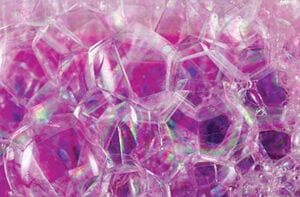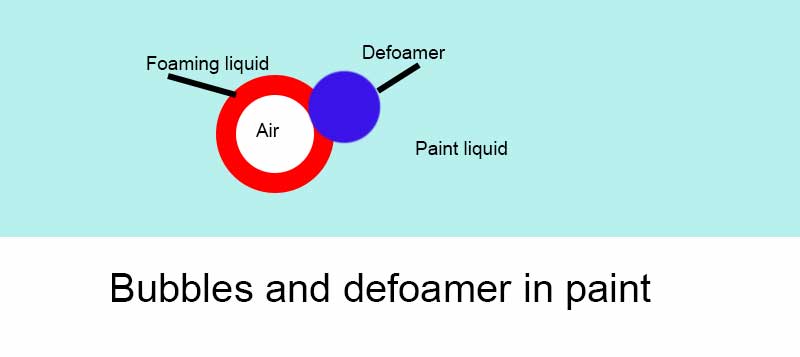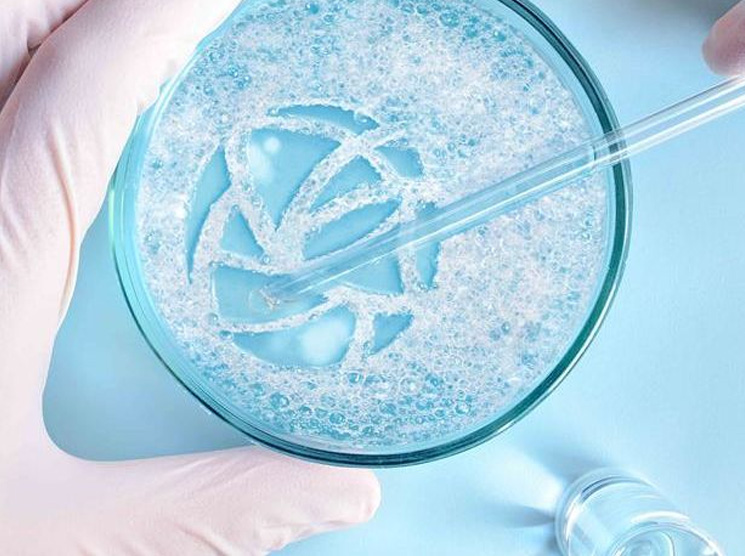Effective Use of Defoamers in the Pharmaceutical Manufacturing Process
Effective Use of Defoamers in the Pharmaceutical Manufacturing Process
Blog Article
The Role of Defoamers in Enhancing Product Quality and Performance
In various manufacturing processes, the presence of foam can substantially impede product top quality and functional efficiency. Defoamers offer as necessary additives that mitigate this concern, making certain smoother manufacturing process while improving the aesthetic and useful characteristics of the end products (defoamers). Their application extends a wide variety of sectors, from food and drink to pharmaceuticals, where uniformity and integrity are paramount. However, the selection of the proper defoamer can be essential to achieving optimum outcomes, elevating essential inquiries about formula compatibility and efficiency metrics that merit additional expedition.
Recognizing Defoamers
Understanding the duty of defoamers is necessary for maintaining item top quality across different sectors. Defoamers are chemical ingredients developed to prevent the formation and reduce of foam in liquid systems, which can adversely influence procedures such as blending, filling up, and surface area stress. Lathering can bring about inefficiencies, product problems, and endangered visual appeal, making defoamers a vital part in producing operations.
In industrial applications, defoamers aid to boost product consistency and stability. The reliable use of defoamers not just makes sure smoother production procedures however likewise contributes to superior item efficiency.
Additionally, the selection and solution of a defoamer need to align with particular application requirements, such as compatibility with various other active ingredients, efficiency under varying temperature and pH problems, and potential regulative restraints. Ultimately, understanding defoamers' features and their importance in numerous formulations is crucial for enhancing manufacturing and making sure the best output.
Sorts Of Defoamers
Defoamers can be categorized right into numerous types based on their structure and device of action. The main kinds include silicone-based, non-silicone natural, and inorganic defoamers.
Silicone-based defoamers are amongst the most effective, primarily because of their ability to spread out swiftly on the liquid surface area and disrupt foam development. Their special chemical structure permits premium security, making them suitable for high-temperature applications and atmospheres with differing pH degrees.
Non-silicone natural defoamers, frequently made up of fatty acids or natural oils, are valued for their biodegradability and lower toxicity. These are normally made use of in food and beverage applications where security and ecological impact are critical.
Inorganic defoamers, that include substances like talc or calcium carbonate, act by increasing the density of the liquid, thereby decreasing foam stability. They are typically used in commercial procedures where compatibility with various other materials is not a problem.
Each kind of defoamer has unique advantages and constraints, enabling tailored solutions depending on the specific frothing problems come across in different applications. Understanding these differences is crucial for maximizing efficiency and accomplishing desired item high quality.
Applications Throughout Industries
Various industries utilize defoamers to boost product quality and functional effectiveness. In the food and beverage field, defoamers are vital in processes such as developing and dairy products production to prevent foam development, which can result in inefficiencies and item variance. By controlling foam, manufacturers can make certain much better yield and an extra uniform product.
In the pharmaceutical sector, defoamers play a crucial role in the solution of liquid medications, where too much foam can hamper mixing and accurate application. Their usage aids keep the honesty of the solutions and promotes smoother production processes.
The paint and coverings industry also depends on defoamers to boost the performance of items throughout application. By reducing foam, these ingredients guarantee a smoother coating and enhance the visual qualities of the last item.

Advantages of Using Defoamers
While the application of defoamers differs throughout sectors, their advantages constantly improve item top quality and procedure effectiveness. One considerable advantage is the reduction of foam formation during producing procedures, which can or else lead to production delays and disparities in product quality. By reducing foam, defoamers make it possible for a smoother flow of materials, facilitating extra efficient procedures and reducing the probability of tools malfunctions.
Furthermore, the use of defoamers can enhance the appearance and structure of end products. In markets such as coatings, paints, and food handling, too much foam can compromise the aesthetic appearances and general high quality, while the proper defoamer application makes sure an uniform surface and desirable qualities. Defoamers can add to cost financial savings by reducing waste during manufacturing and enhancing the use of raw materials.

Selecting the Right Defoamer
Choosing the right defoamer is crucial for maximizing production processes and making sure item high quality. The option of defoamer affects not only the efficiency of foam control but also the general performance characteristics of the last product. Aspects to take into consideration include the sort of application, the chemistry of the formulation, and the ecological problems under which the item will be utilized.
Various sectors might need certain defoamer kinds, such as silicone-based, organic, or polymeric defoamers. Recognizing the compatibility of the defoamer with the primary ingredients is necessary to stay clear of adverse reactions that can compromise product stability. Additionally, the defoamer's effectiveness in numerous temperatures and pH degrees need to be assessed to ensure regular performance.
Checking the defoamer in small-scale applications can supply important understandings into its performance and viability. Factor to consider of governing conformity, particularly in food, pharmaceuticals, and cosmetics, is vital in picking a defoamer. Inevitably, a complete evaluation of these elements will certainly cause the choice of a defoamer that not just regulates foam successfully yet also improves the top quality and performance of the final item.
Conclusion

In verdict, defoamers are crucial ingredients that dramatically boost item top quality and efficiency across numerous sectors. The calculated choice and application of defoamers lead to cost financial savings, maximized resource use, and increased consumer contentment.
Lathering can lead to ineffectiveness, product defects, and compromised visual charm, making defoamers an essential part in making operations.

Report this page